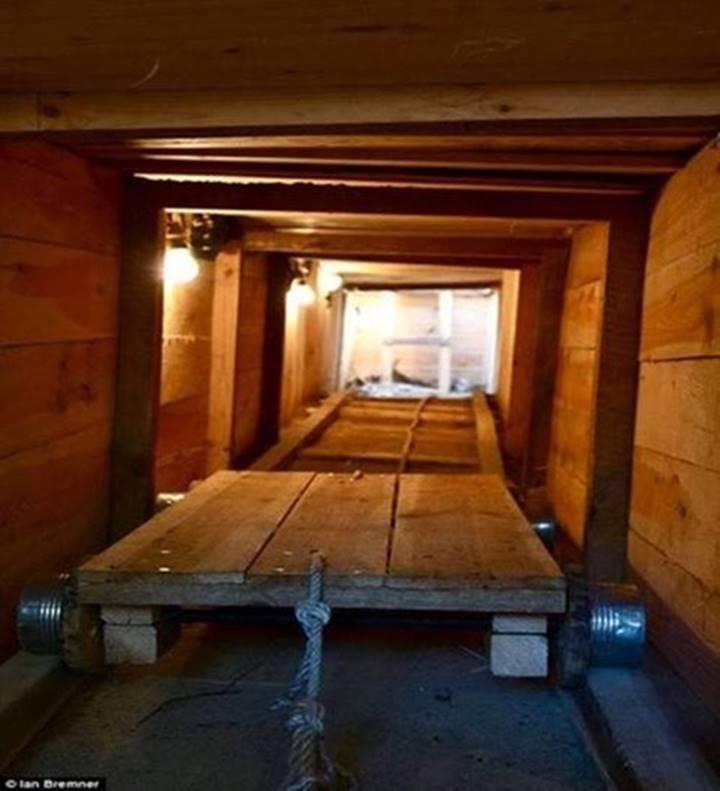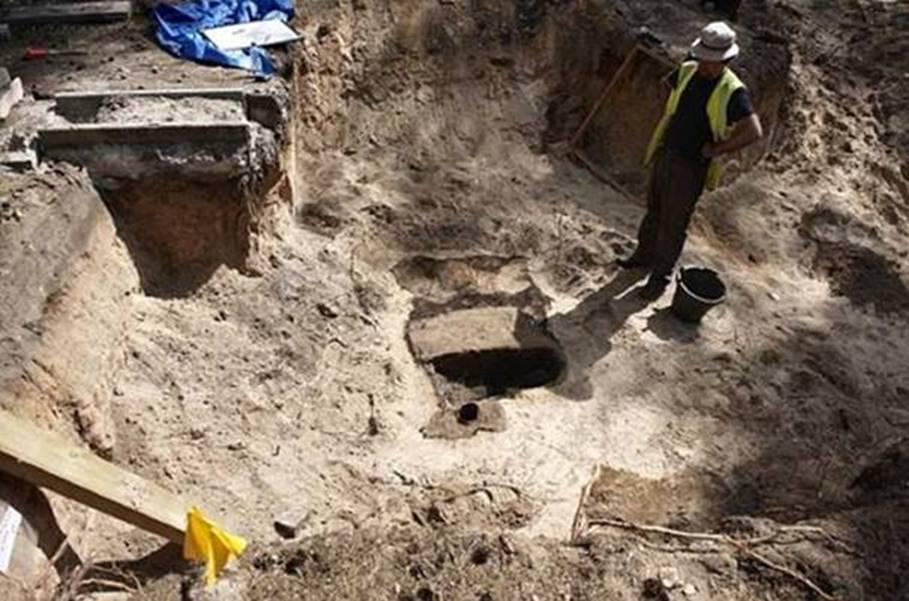
Untouched for almost seven decades, the tunnel used in the Great Escape has finally been unearthed. The 111-yard passage nicknamed ‘Harry’ by Allied prisoners was sealed by the Germans after the audacious break-out from the POW camp Stalag Luft III in western Poland. Despite huge interest in the subject, encouraged by the film starring Steve McQueen, the tunnel undisturbed over the decades because it was behind the Iron Curtain and the Soviet had no interest in its significance.
But at last British archaeologists have excavated it, and discovered its remarkable secrets.
Many of the bed boards which had been joined together to stop it collapsing were still in position. And the ventilation shaft, ingeniously crafted from used powdered milk containers known as Klim Tins, remained in working order. Scattered throughout the tunnel, which is 30ft below ground, were bits of old metal buckets, hammers and crowbars which were used to hollow out the route. A total of 600 prisoners worked on three tunnels at the same time. They were nicknamed Tom, Dick and Harry and were just 2 ft. square for most of their length. It was on the night of March 24 and 25, 1944, that 76 Allied airmen escaped through Harry.
Barely a third of the 200 prisoners, many in fake German uniforms and civilian outfits and carrying false identity papers, who were meant to slip away managed to leave before the alarm was raised when escapee number 77 was spotted.
Only three made it back to Britain. Another 50 were executed by firing squad on the orders of Adolf Hitler, who was furious after learning of the breach of security. In all, 90 boards from bunk beds, 62 tables, 34 chairs and 76 benches, as well as thousands of items including knives, spoons, forks, towels and blankets, were squirreled away by the Allied prisoners to aid the escape plan under the noses of their captors.
Although the Hollywood movie suggested otherwise, NO Americans were involved in the operation. Most were British, and the others were from Canada, (all the tunnelers were Canadian personnel with backgrounds in mining) Poland, New Zealand, Australia, and South Africa.

